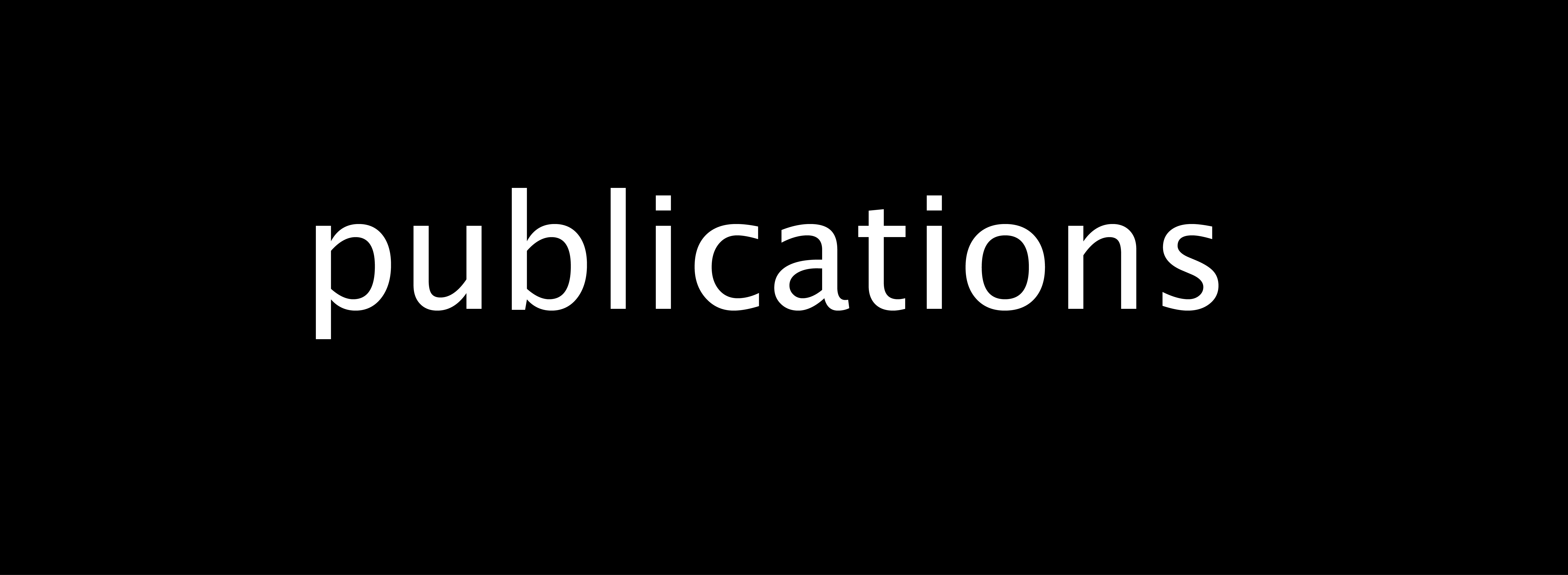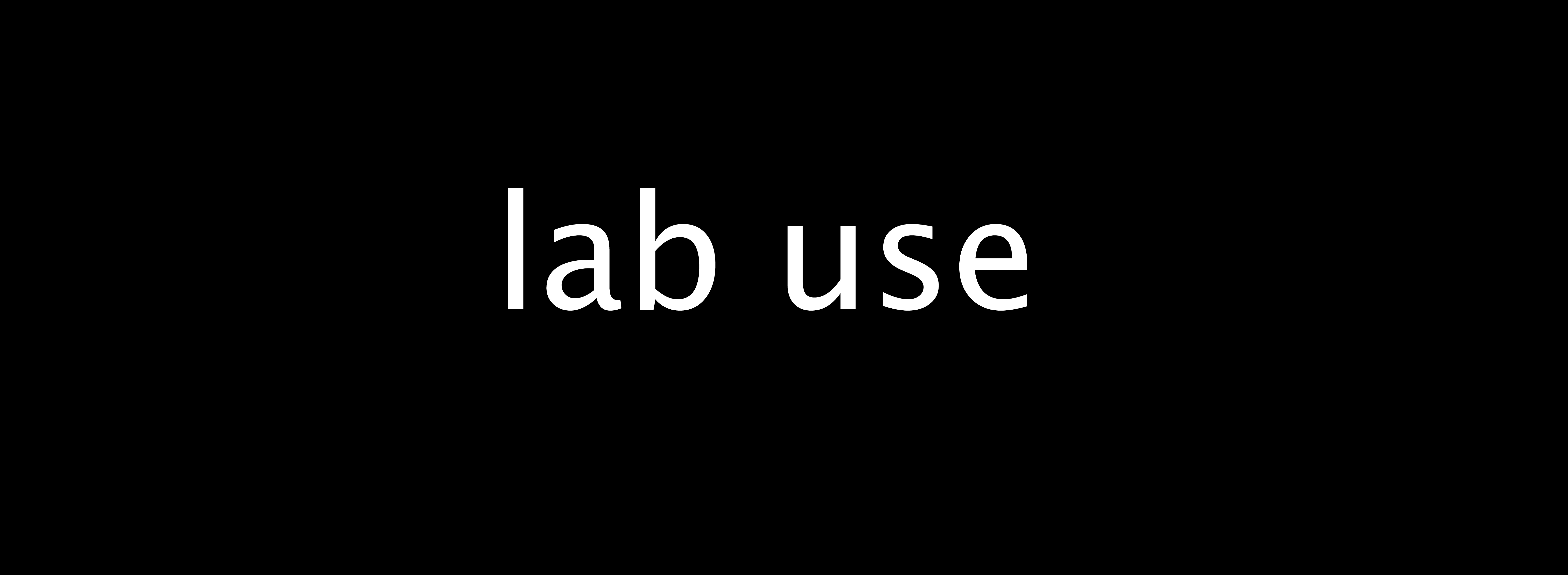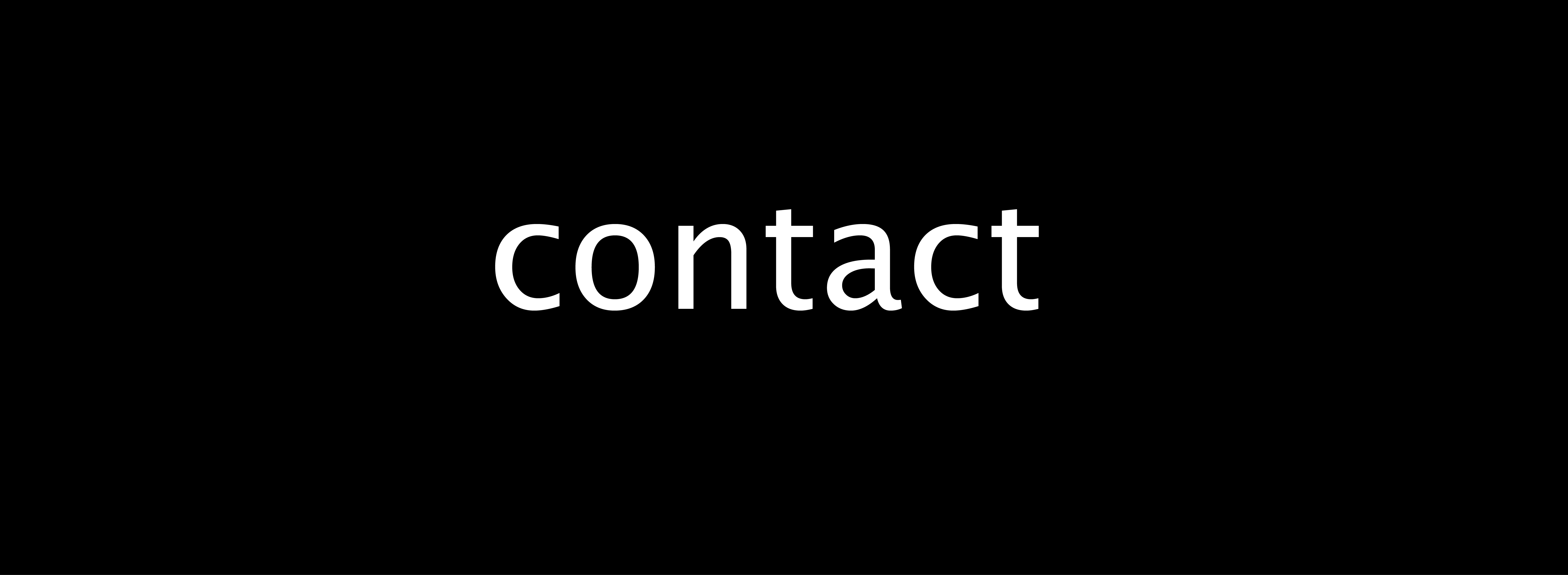What role do the chromodomains play in the remodeling reaction?
What role do the chromodomains play in the remodeling reaction?
 |
| The Chd1 chromodomain block a DNA-binding surface of the ATPase motor. |
Our crystal structure of the chromodomain-ATPase portion of yeast Chd1 revealed the first example of auto-regulation for a chromatin remodeler (Hauk, McKnight, et al., 2010). In the crystal, the two chromodomains are folded together and lay across the central cleft of the ATPase motor. The helical linker connecting the two chromodomains is highly acidic and complements the conserved basic surface of the ATPase motor. SF2-type ATPases share many common architectural features and have been shown to bind to DNA or RNA in a highly similar fashion. The acidic helix from the chromodomains sits precisely on the surface of the second ATPase lobe where DNA is expected to bind, with the negatively charged character mimicking the electrostatic nature of the phosphate backbone. Since DNA binding is required for both ATP hydrolysis and DNA translocation, this arrangement indicates an inhibitory organization of the chromodomains.
| We demonstrated that the chromodomains are required for favoring nucleosomes over naked DNA substrates. One question has been how the chromodomains are positioned when the ATPase motor is actively engaged with a nucleosome. We recently made the exciting discovery that when the ATPase motor is bound at SHL2 (~20 bp from the nucleosome dyad), the chromodomains contact nucleosomal DNA one helical turn away at SHL1 (Nodelman et al., 2017). Through site-specific DNA cross-linking, we identified a novel DNA-binding loop on the chromodomains. This finding means that the chromodomains remain close to the ATPase motor during the remodeling reaction, and are thus poised to physically influence ATPase action on the nucleosome. We are currently investigating whether the Chd1 DNA-binding domain or other regulatory elements are coupled to chromodomain regulation. |  |
| A DNA-binding loop on the chromodomains. |
| back to Research Overview |






